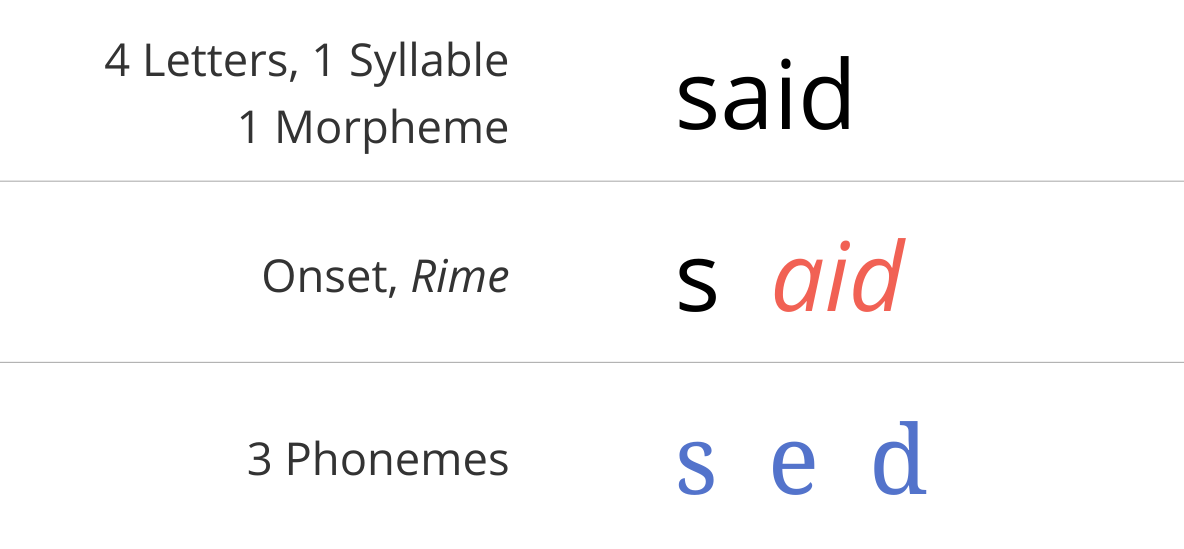Presumably this is how they found out that half of households are net beneficiaries.
But here’s the mistake. The ONS also tries to estimate the value to households of so-called “in-kind” benefits, such as state education and the National Health Service. Once these benefits are included then, yes, 52 per cent of households take in more than they pay in tax.
That is still not ideal.
That’s your opinion but these numbers do not reveal a conspiracy; at every election we vote indirectly on how to distribute money. One might add that there are a lot of “benefits” to living in Britain that are not included here, such as a decent legal system, Match of the Day, and a sceptical approach to revolutions.
Not to mention a sceptical approach to inequality.
Perhaps, but the UK tax and benefit system does keep income inequality in check. Before any taxes and benefits — including benefits “in-kind” — are considered, the highest earning fifth of households makes an average of £80,800 per year, 15 times more than the bottom fifth, which earns £5,500. Once you take into account the deductions and additions, that gap narrows to four times: £60,000 versus £15,500. And contrary to what many people believe, standard measures of income inequality in the UK have not changed much in two decades.

e = get, head
Dive into said